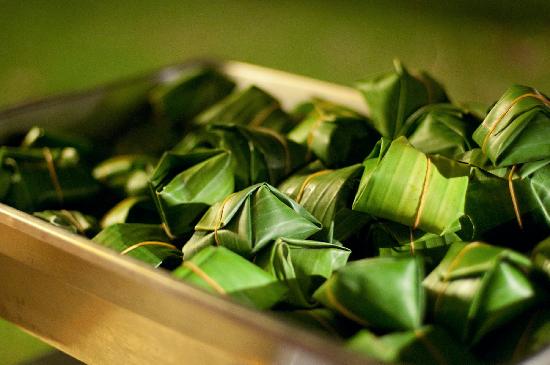Wheat and Gluten allergies come – like all food intolerances – in many forms. Quickened pulse rate, light headedness, stomach cramps, vomiting and nausea, hives, rashes, difficulty breathing as well as anaphylactic shock. In Celiac disease instead of antibodies attacking food and causing allergy like symptoms, the antibodies attack the villi and micro villi that cover the small intestine. These villi are the mechanism by which nutrients from food are absorbed thought the wall of the small intestine and into the bloodstream. When gluten is consumed villi are destroyed and the host will become malnourished.
These reactions can be mostly attributed to the trilploid and hexiploid nature of agricultural wheats and grains. The most common grain used is appropriately named Common Wheat or Bread Wheat, a hexaploid species of wheat that has been cultivated and genetically engineered from several types wheats to be both hardy to weather conditions, pests and still yield high protein content. As a result of this breeding, the chromosomes of the wheat cells have more than the natural two chromosome pairs (diploid). A cell difference that antibodies and cell recognition sensors internally see as an abnormality and often a mutation that should be destroyed. Hence the adverse reactions in most people when consumed. Other common wheat types such as Durum and Emmer are only triploid and spelt is actually another hexaploid. Einkorn wheat however is a diploid species that is usually found wild (an ancient wheat that was used to help cultivate the unnatural wheats used worldwide today), but there are few and hard to find cultivated varieties of Einkorn. And these Einkorn varieties of wheat can be consumed and absorbed reaction free by nearly all wheat sufferers.
Due to the agricultural disadvantage of growing non genetically engineered wheat (more susceptible to damage and less protein yields) Einkorn farming is fairly limited. However, some Eastern Oregon Farmers are making an attempt to incorporate Einkorn varieties in with Durman and Spelt yields. And Hopworks Brewery is currently brewing Einkorn into their 7 Grain Stout. Luckily for us Oregonians our state tends to be idea for grass growth I would imagine any advances in Einkorn cultivation would be heard first on home ground (most likely at Bob’s Red Mill).









